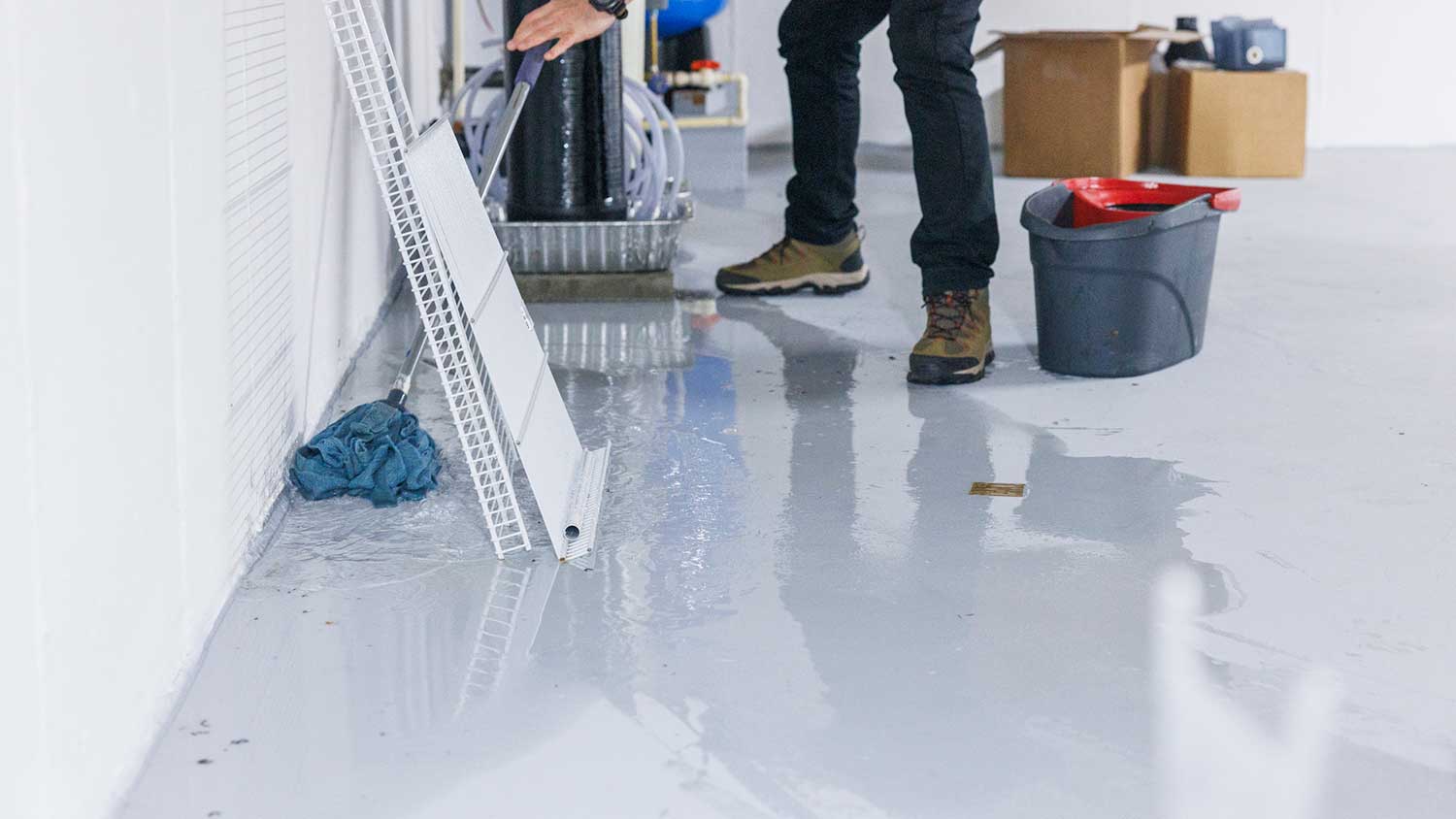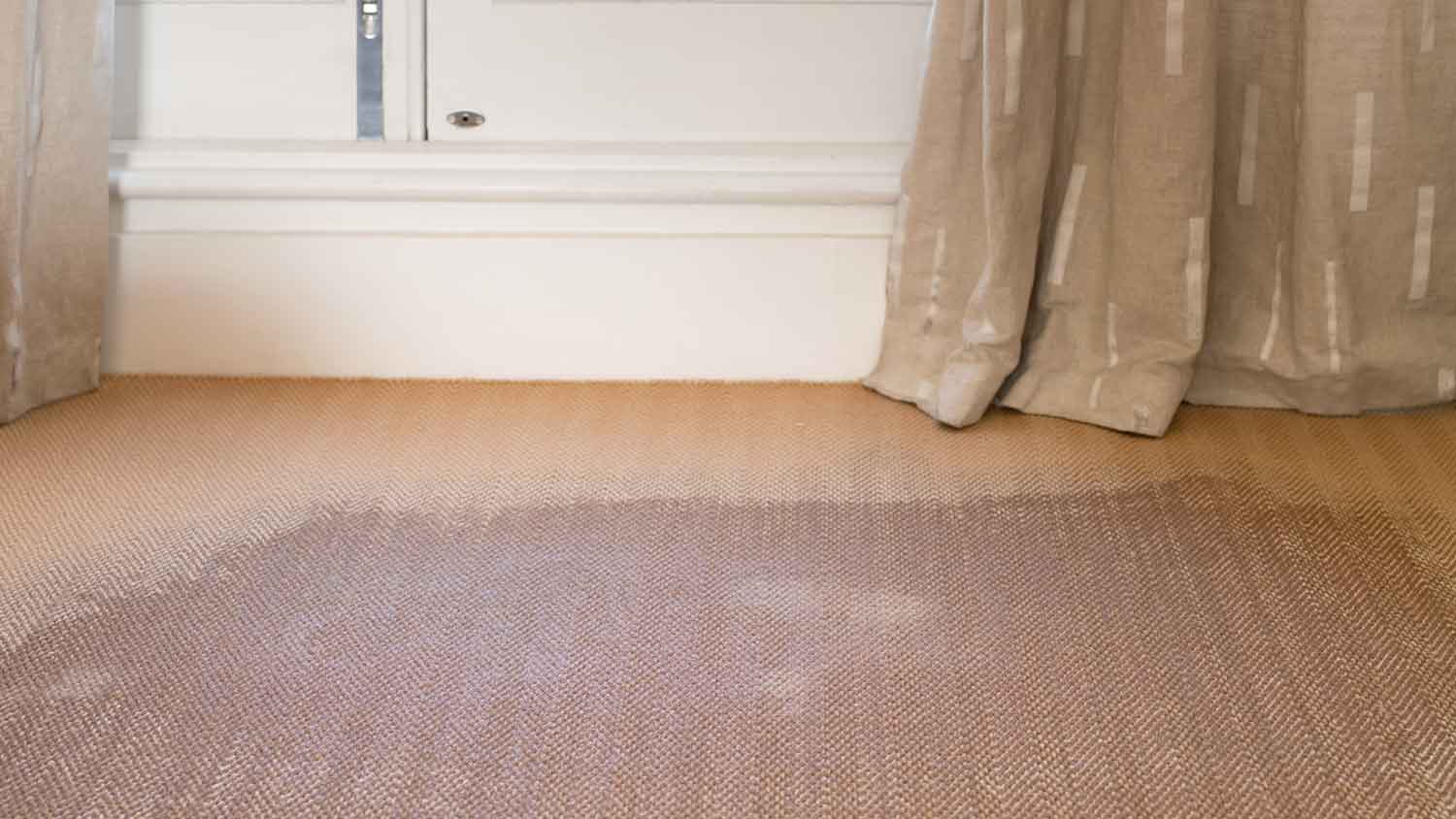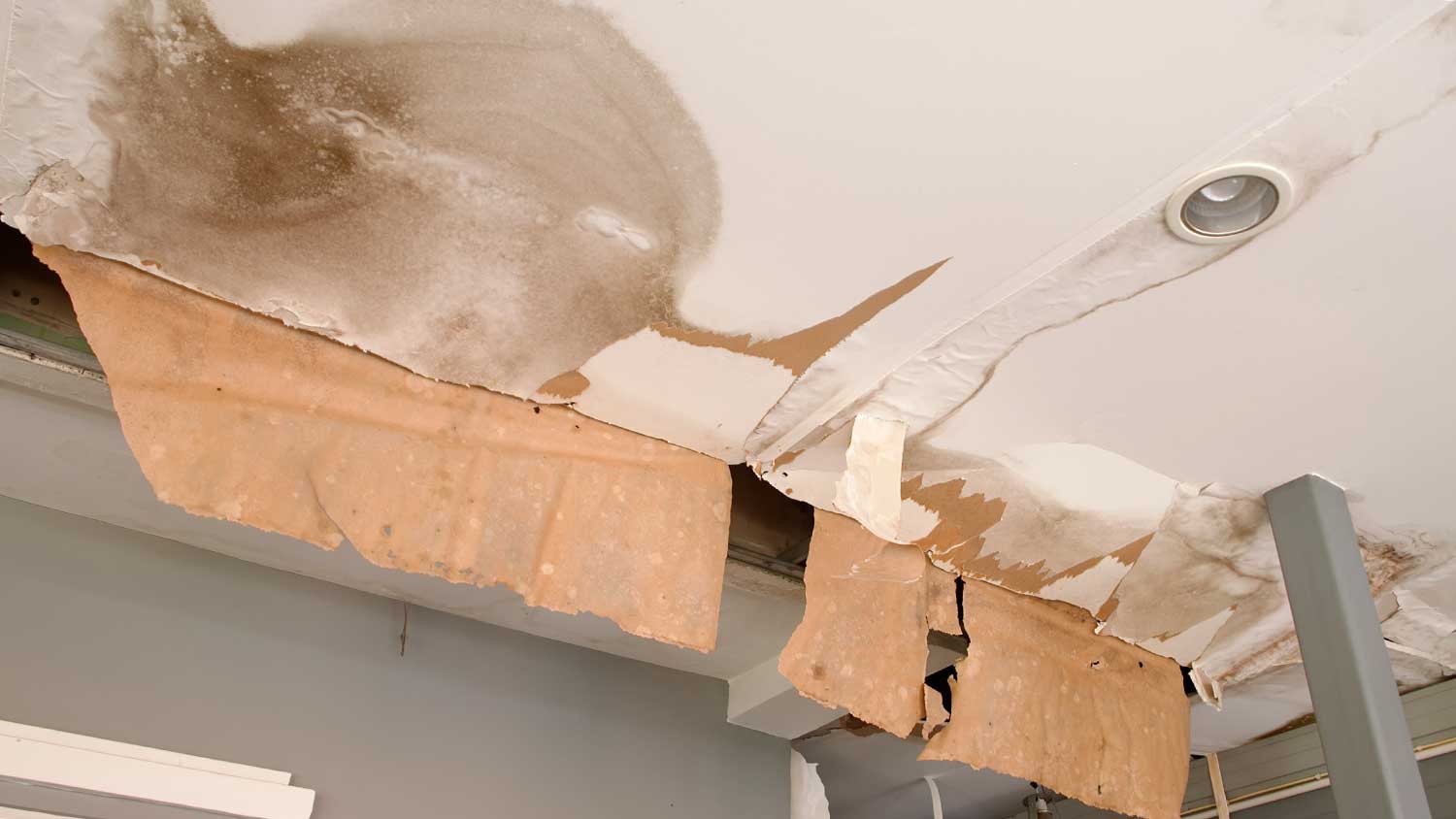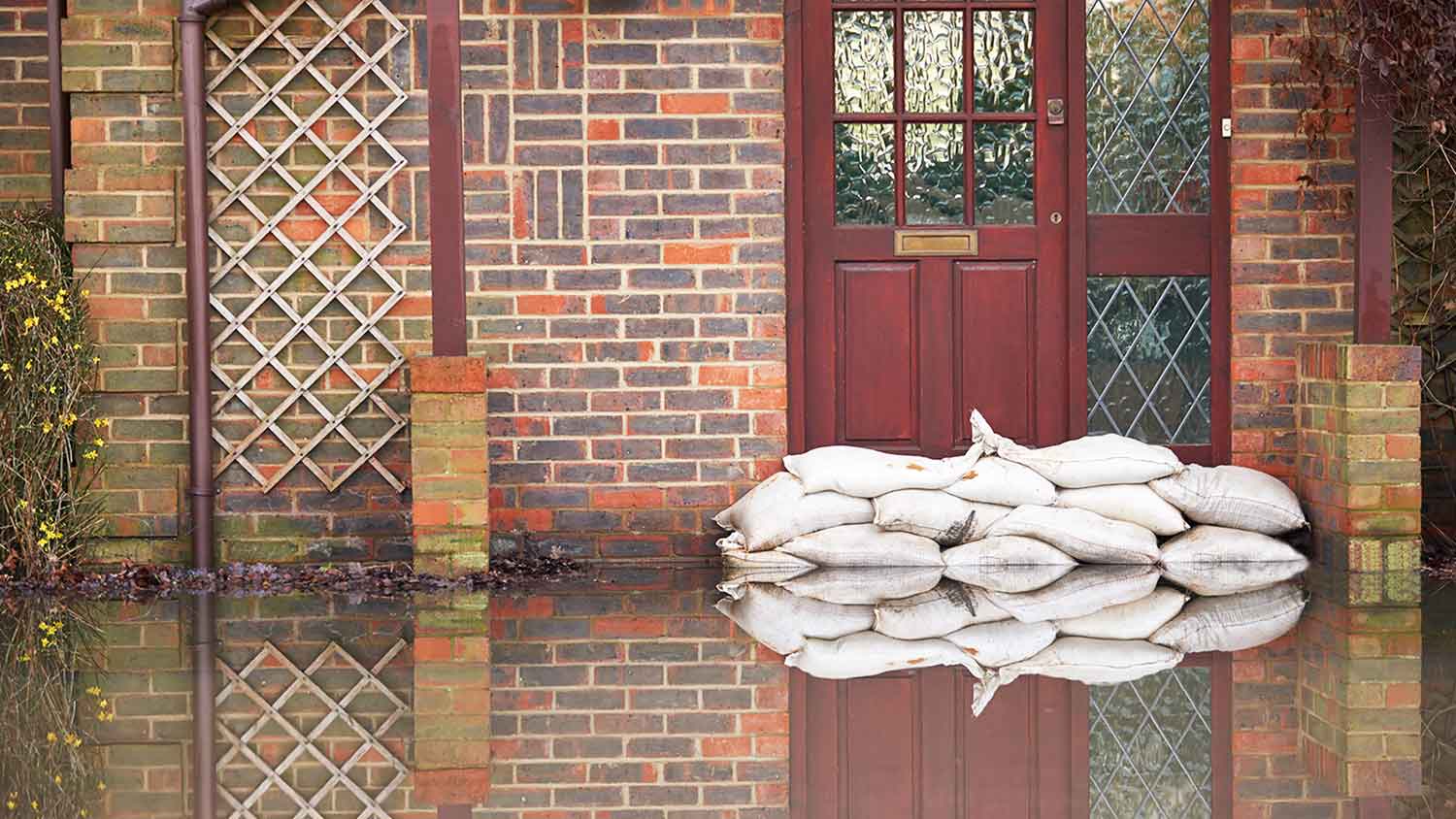
Your dry rot repair cost will depend on factors such as the extent and size of the damage and its location within your home. Here's what you need to know.
Take our master class on the different levels of water damage


Any amount of water damage to your home is a serious matter, but knowing how to properly classify the extent of water damage is an important part of the damage restoration process. Water damage is separated into four classes based on the amount of water, what types of materials are damaged, and how long it’ll take for the water to evaporate.
Unlike the three categories of water damage, the level of contamination or type of water isn’t taken into account when classifying water damage. Learn more about the four classes of water damage and how to know which one you have.

Class 1 is the lowest level of water damage, affecting non-porous or low-porosity materials and covering a smaller area than other classes. Class 1 damage is the easiest to remedy and causes the least amount of damage, both short-term and over time. It’s also the least expensive damage to fix because fewer materials will need to be replaced, and less total space is affected.
Minor basement flooding
Small amounts of water only coming in contact with materials like concrete or structural wood
Water damage to tile or vinyl flooring

Class 2 damage is the next step up in severity, affecting larger areas and more porous materials. Class 2 water damage involves 5% to 40% of the surfaces in a room, with water seeping less than 24 inches up the walls. Class 2 water damage will cost more to remedy than Class 1 damage since porous materials will need to be removed and replaced.
Water saturating carpets and carpet padding
Wet upholstered furniture
Drywall saturated up to two feet from the floor

With Class 3 water damage, more than 40% of surfaces are saturated, including porous materials. Class 3 damage is most often caused from above, frequently from a burst pipe or collapsed ceiling. Class 3 damage should always be remediated by a professional due to the amount of water and the extent of the damage.
Saturated insulation and ceiling materials
Wet drywall more than 24 inches from the floor
Saturated carpets, subflooring, and furniture
Water exposure of an entire room from overhead

Class 4 damage is referred to as “specialty drying situations” and includes materials that require extensive drying times or specialized remediation processes. Class 4 damage can be either regular home water damage or flood damage caused by environmental factors like severe ground flooding.
Flooded crawl spaces
Saturated plaster
Rock, stone, or brick with extensive water exposure
Water damage can lead to some serious problems for your home and the people in it. Water damage can lead to mold growth, deteriorating structural materials, foundation problems, and more. No matter how extensive the damage is, dealing with it as quickly as possible is critical to prevent property damage and serious health risks.
Hire a water damage restoration pro after any significant water damage to ensure the damage is fully handled. Leaving any water damage unaddressed can cause big problems in the future. It’s important to both mitigate and remediate water damage—mitigation rectifies the cause of the water damage, and remediation or restoration returns your property to its original condition.
If you only have Class 1 minor water damage, you may be able to handle the cleanup and restoration problem yourself. For anything more severe than that, call a local water damage restoration pro, so you know the problem is handled safely and thoroughly. Water damage restoration costs an average of $1,400 to $6,300, depending on the extent and type of damage. Hiring a pro will ensure any existing or potential water damage-related problems are addressed and fixed before they can get any worse.
From average costs to expert advice, get all the answers you need to get your job done.

Your dry rot repair cost will depend on factors such as the extent and size of the damage and its location within your home. Here's what you need to know.

Ozone treatment can help with lingering smoke odors. Learn about ozone smoke removal costs to get an accurate idea of how to budget for this service.

Fixing a slab leak requires finding the leak, digging a trench, breaking the slab, pipe lining, and more. Keep reading to learn how to fix a slab leak.

Find out if homeowners insurance will cover slab leak repair if a crack in your slab foundation is causing water damage at your home.

When a burst pipe or flash flood happens, it’s critical to act fast. Learn about water damage cleanup and how to mitigate water damage in your home.

Follow this step-by-step guide to fix water damage to baseboards yourself. You can reuse the baseboards or make a replacement.